Community Stories lead, Saira, ventures on a slow, muddy walk to Netherne-on-the-Hill village and encounters the roar of the M25
Mid-day, I decided on a whim to take a train out to Surrey to check Rednet one, a Slow Ways route that connects Redhill to Netherne-on-the-Hill. It had been a while since I went on a long walk, and I was itching to get out.
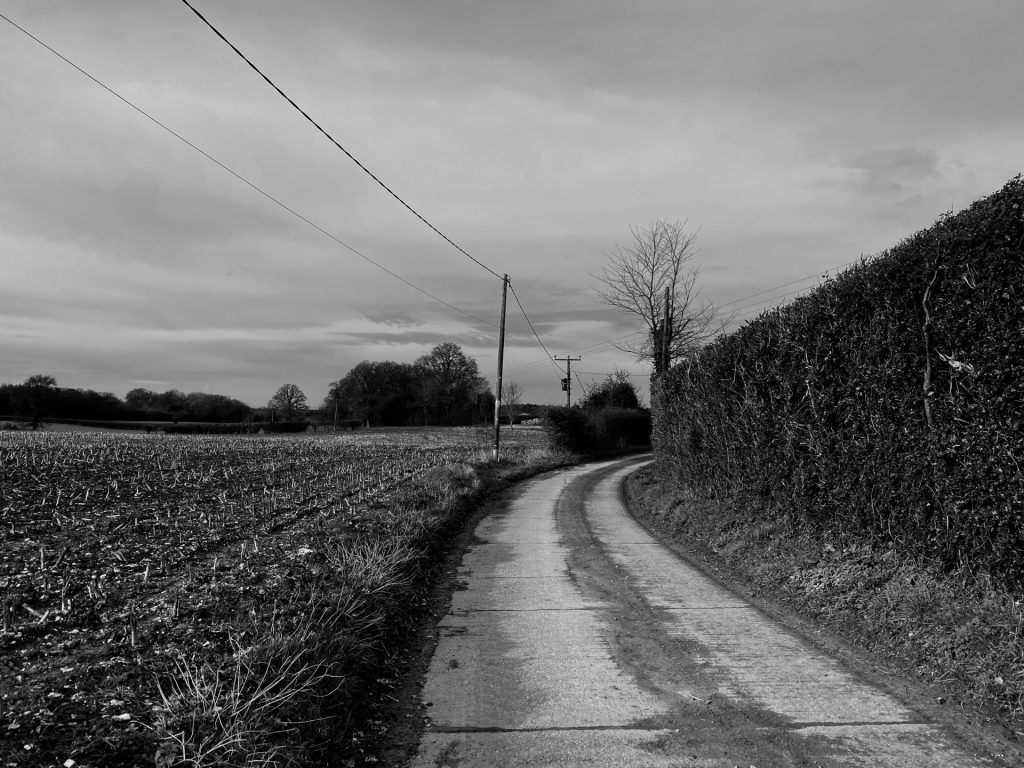
The route snaked its way through the patches of green and grey that straddle London and Surrey. It skimmed along the verges of beautiful watery expanses like the Moors, Holmethorpe Lagoons, Sypnes Myres and Mercers Lake. Stretches of these expansive landscapes were veiled by vegetation and woods. One of the reasons I chose this particular route is because I’ve spent a lot of time walking around these water bodies, and always wondered what lay beyond.
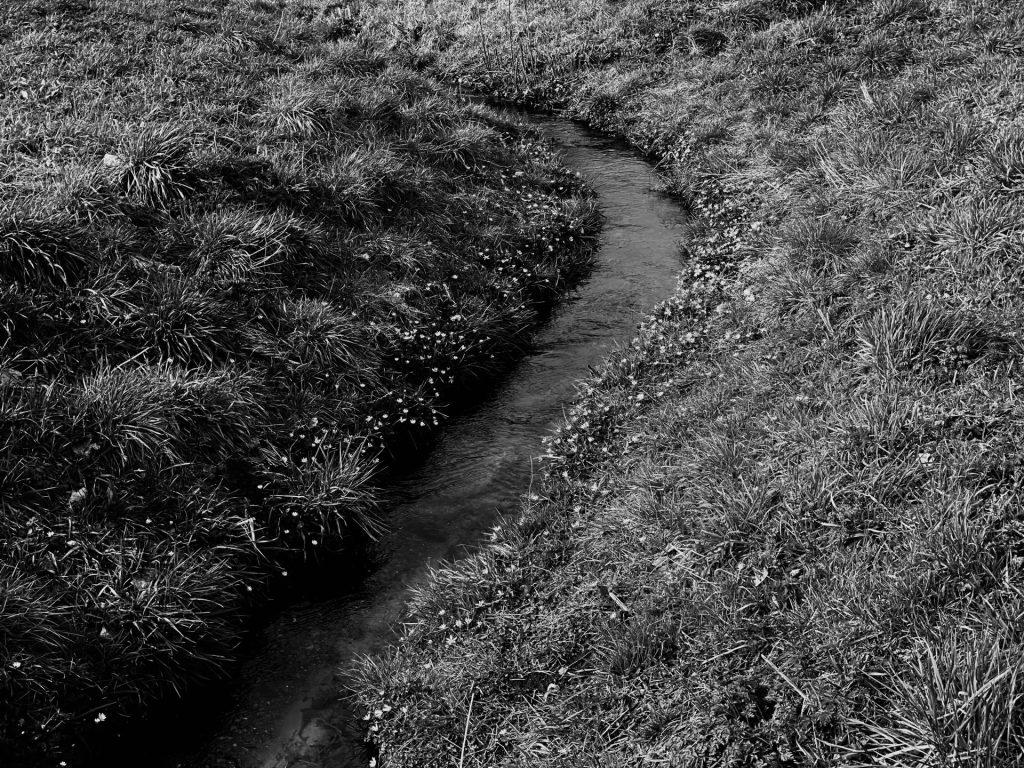
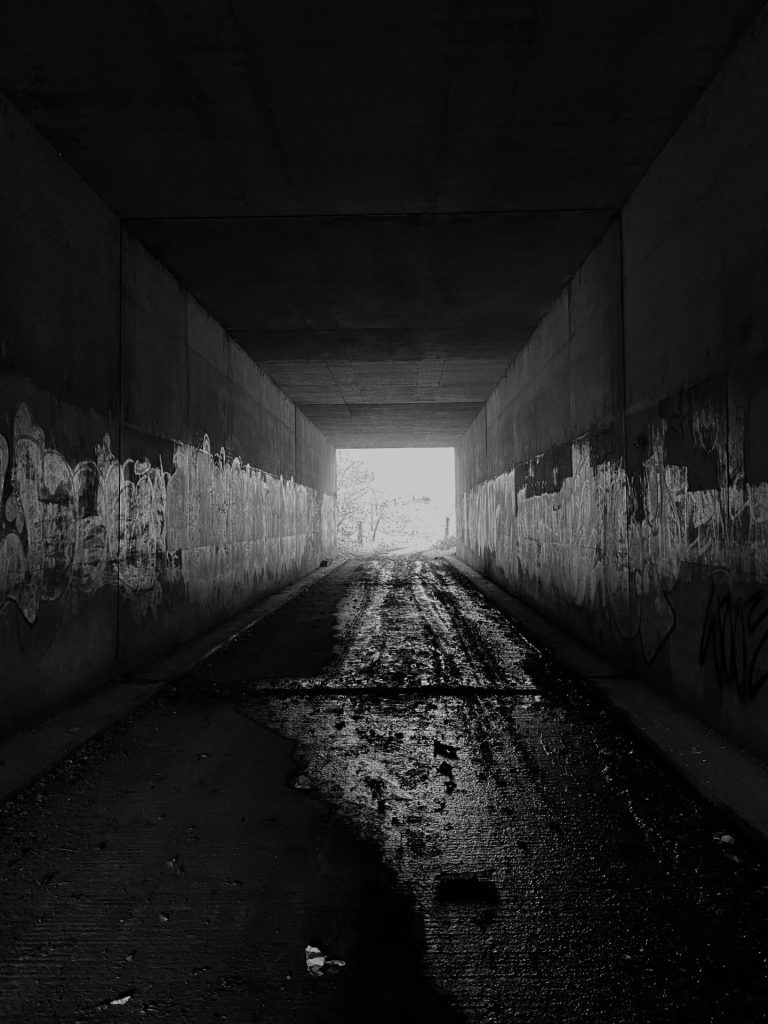
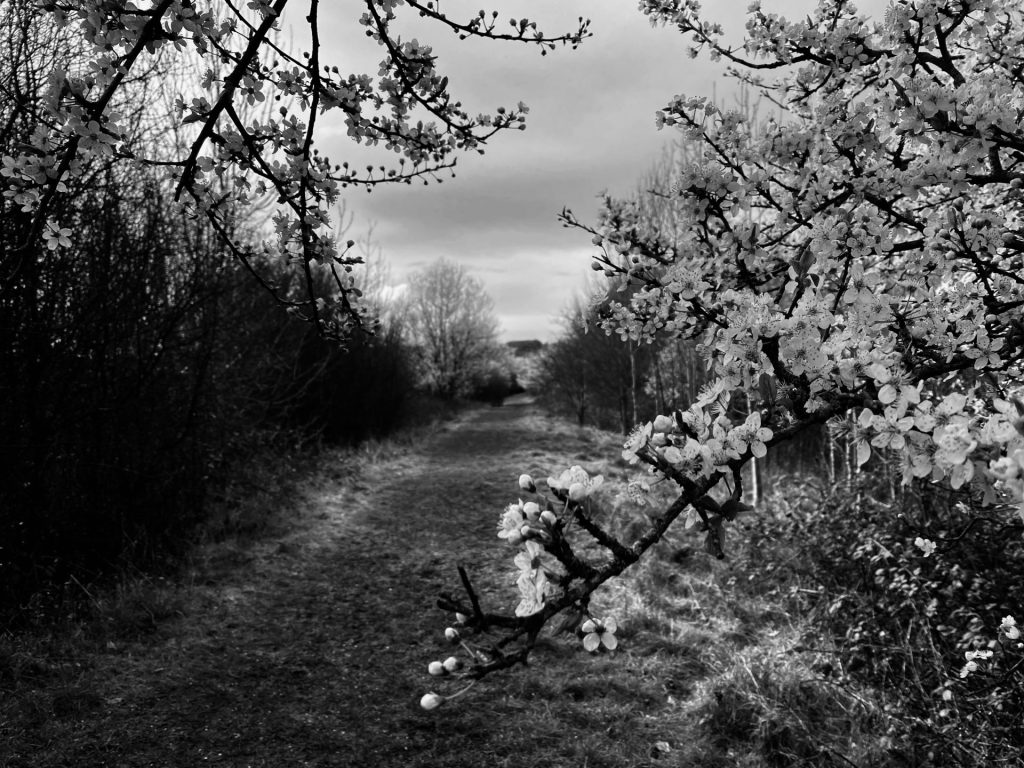
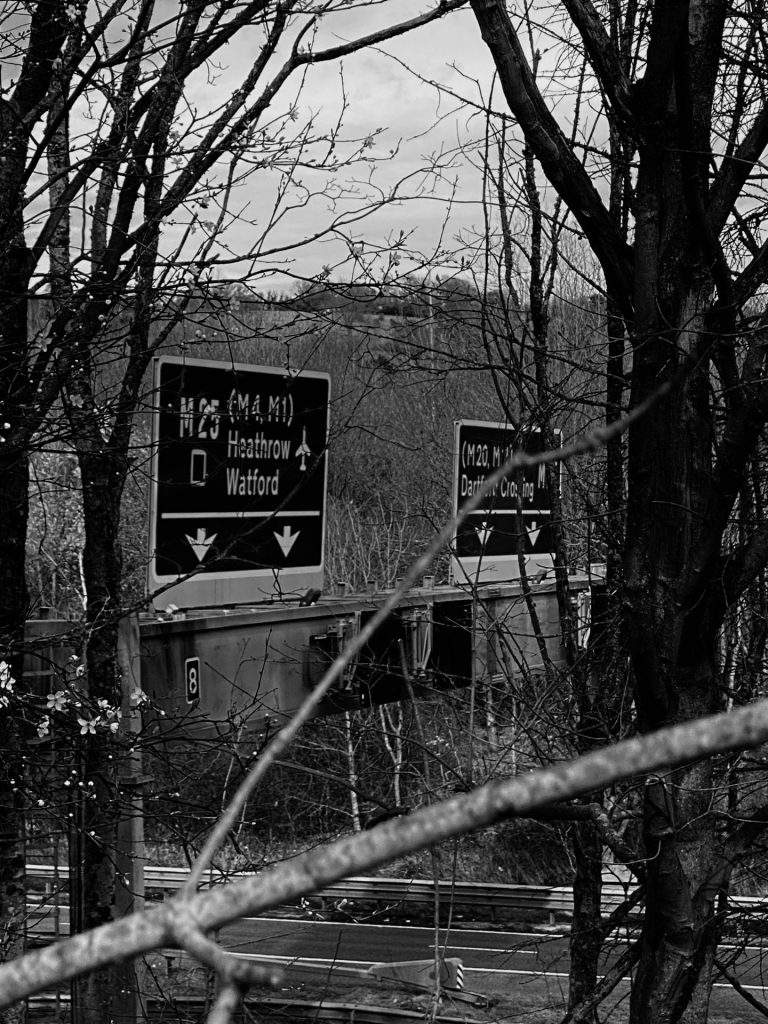
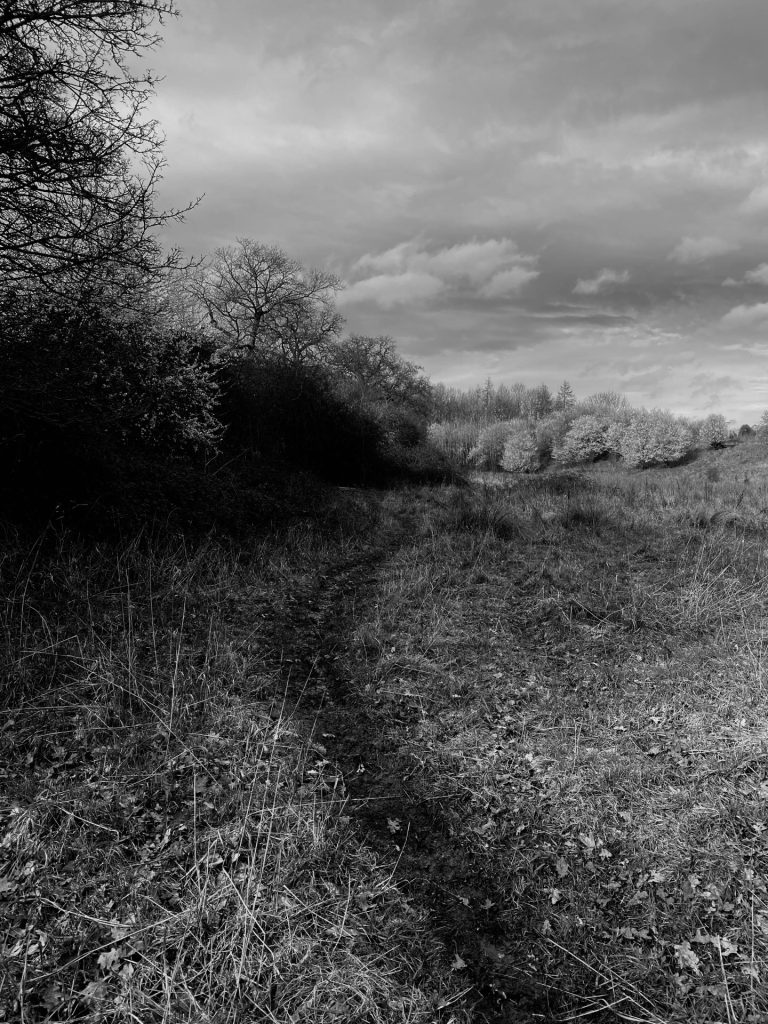
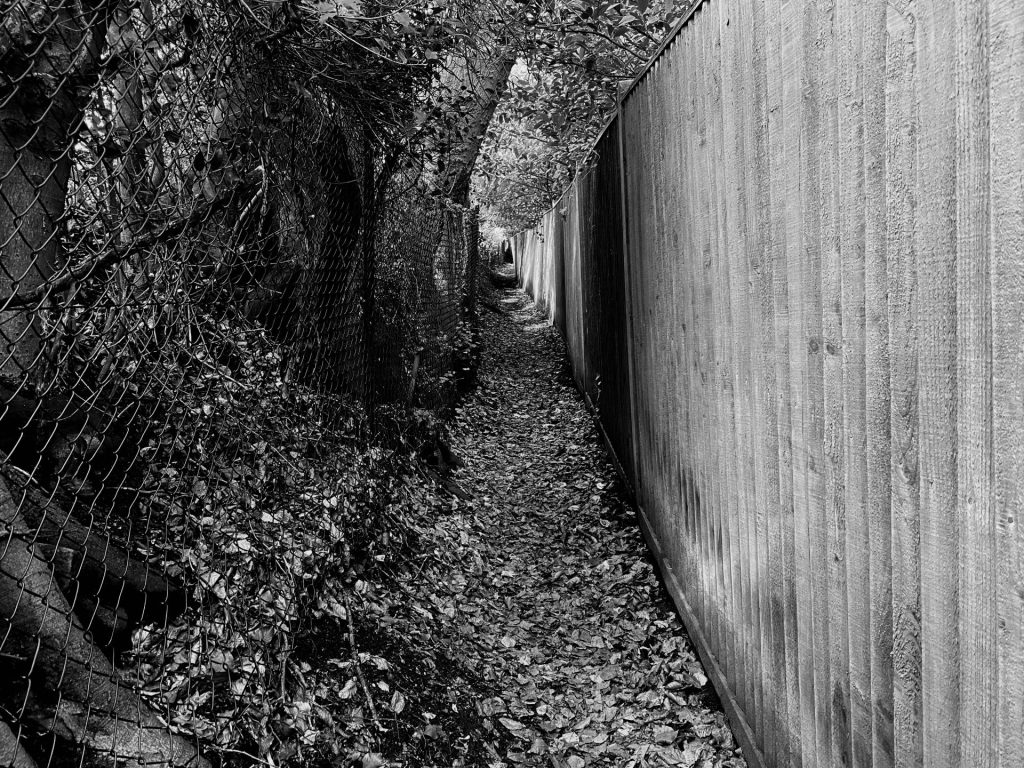
Paradoxically, Slow Ways gives you time as much as it takes it away. This was a slow, muddy, noisy walk.
A stretch of the route encompassed a wooded waterlogged trail that ran adjacent to the M25. I felt unsettled, slogging through as big trucks and vans and cars whooshed by in a relentless roaring blur. I was aware of my slowness, but the muddy terrain wouldn’t let me go any faster. Eventually my frustration dissipated and I resigned myself to the drawn-out nature of the walk. It was no longer uncomfortable; it just was.
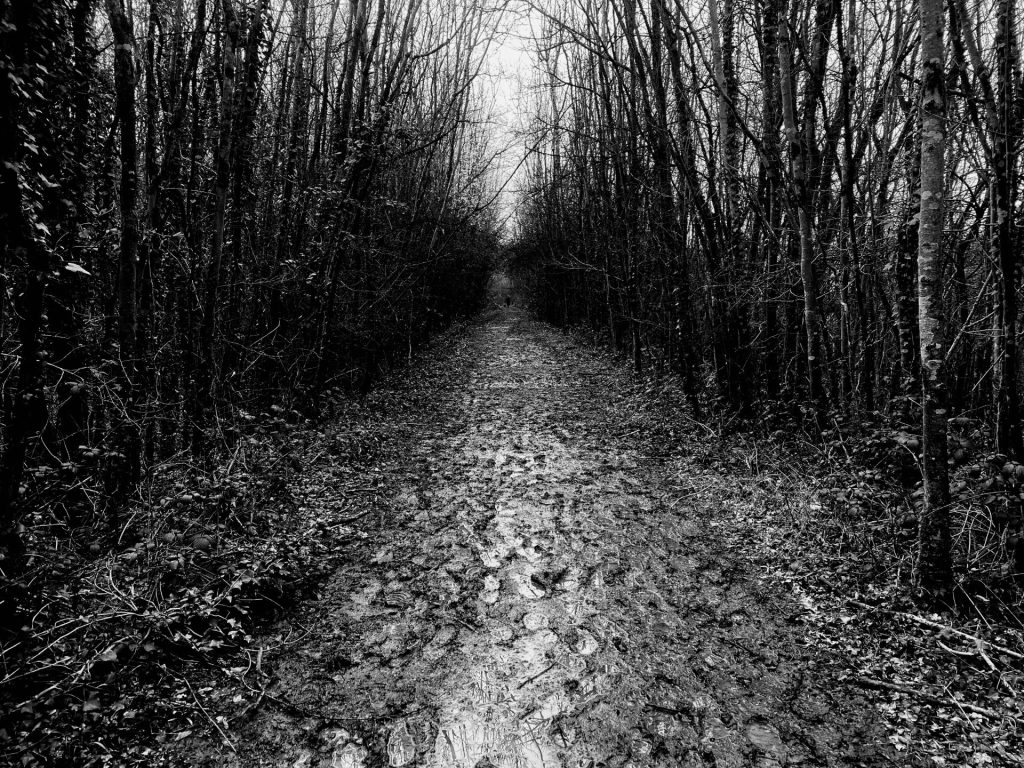
This dreary soundscape of motorway junctions, of tunnels and hill tops, was varied nonetheless. It took in the urban cityscape as well as the natural landscapes of the Surrey Hills and in the distance, the South Downs…
The route was largely devoid of people, aside from the odd dog-walker or cyclist. At one point, as I turned the corner of a muddy unmarked path near Mercers Farm, I passed a group of Afghani boys. I smiled at them awkwardly and they looked on at me with a flicker of odd curiosity. I often find these encounters to be ones of odd curiosity (often mutual) like the time I saw a West African nun wandering past a windmill in Kingston-near-Lewes, or when I encountered a Korean man singing in his mother tongue through a wondrous passage. I continued on my way.
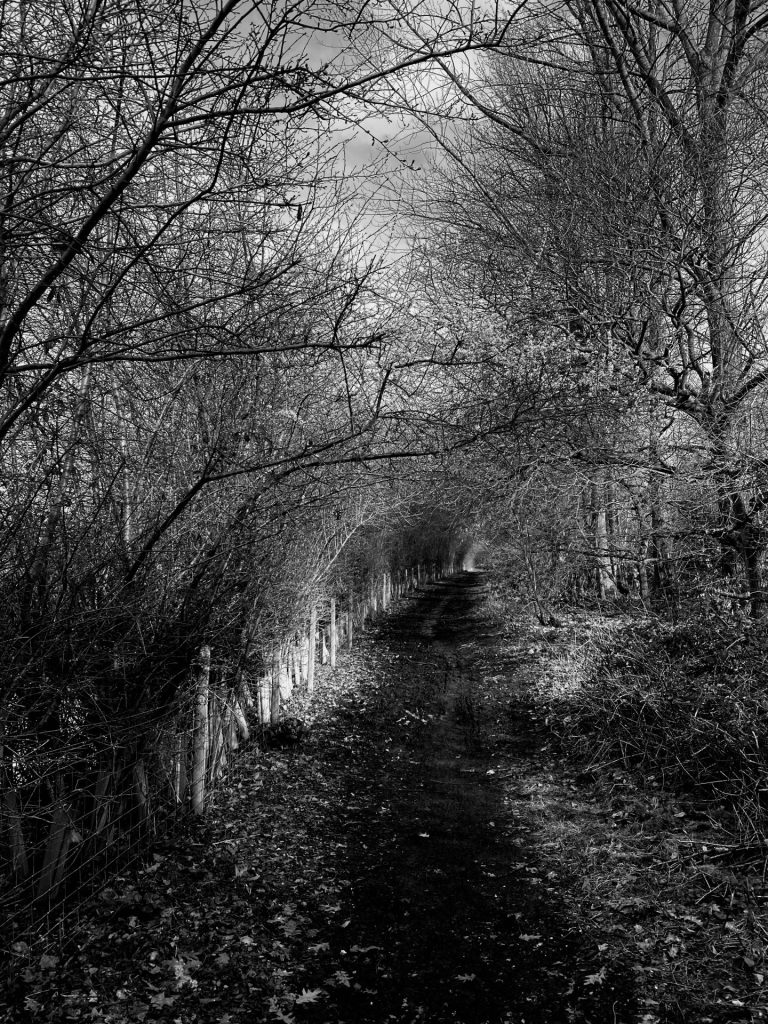
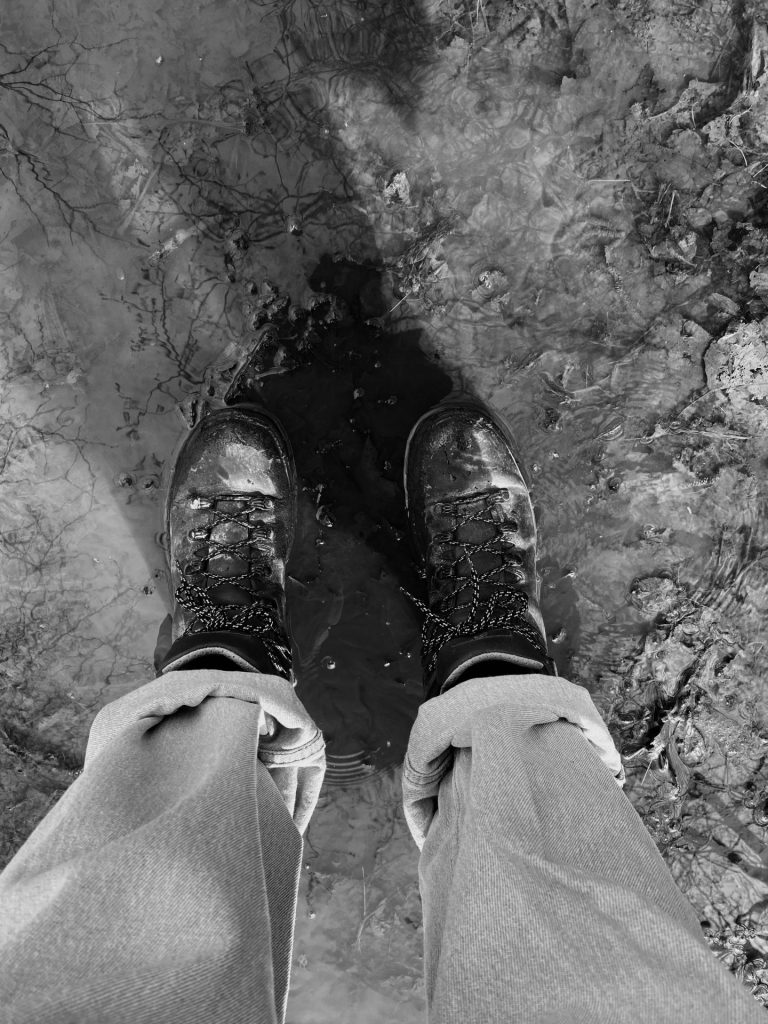
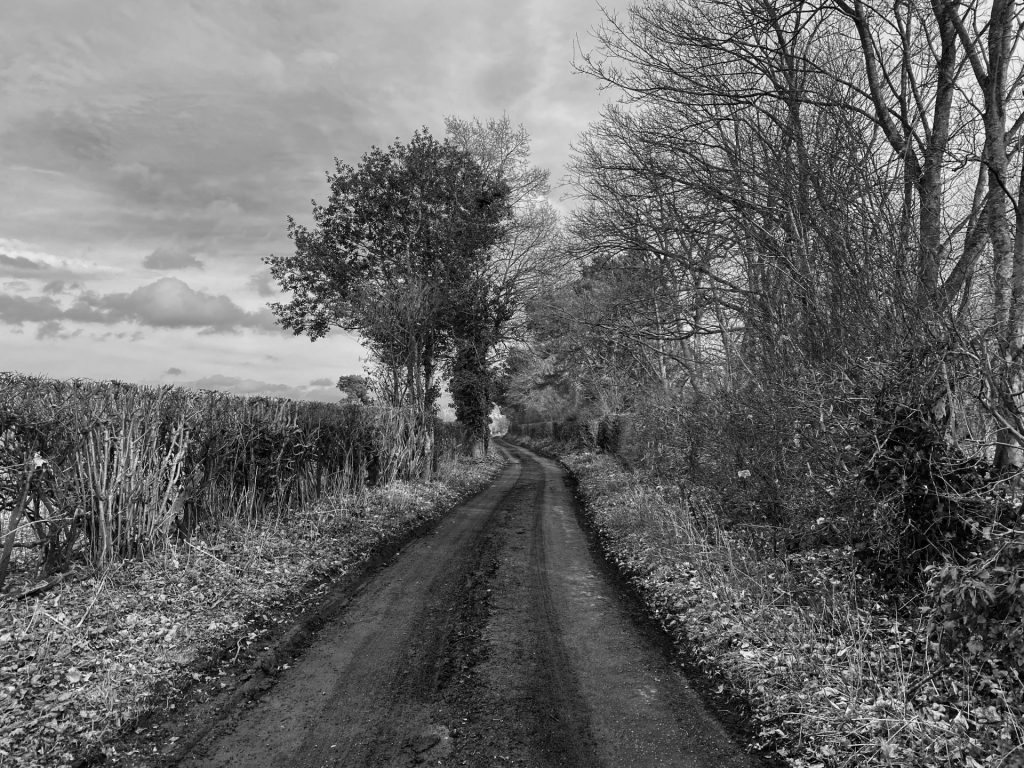
The route converged with the North Downs way, and from a hilltop, I watched the buzzards circle overhead. I looked out onto stretching green hills. On the other side a hazy mirage of London buildings; the Gherkin, the Heron Tower, the Shard, replete with roaring traffic and punctuated by birdsong. I kept on walking along the edges of a turnip field and through some woods.
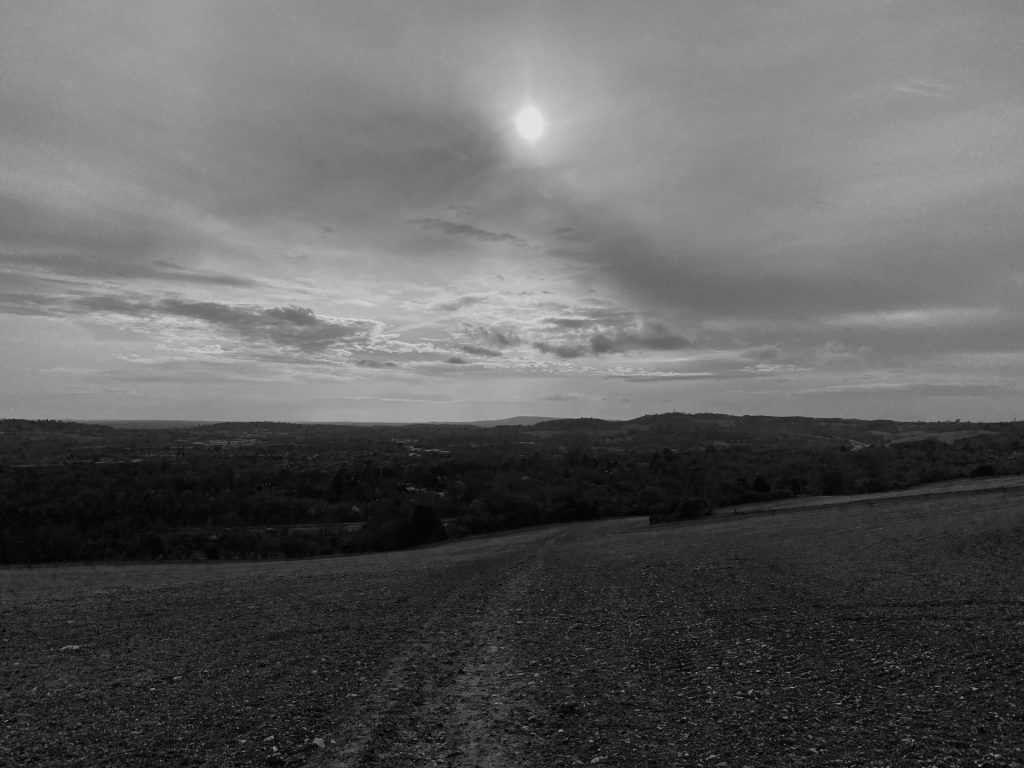
The walk ended at the ghostly settlement of Netherne-on-the-Hill. It was quiet and felt isolated. I walked around in circles unable to find a clear passage to the bottom of the hill. I noticed a man getting out of his car outside the single village shop, and asked him how to get down. He pointed in a direction and told me to follow the steps that led to Brighton Road, where I could get a bus back to Redhill.
Following his directions, I met another dog walker at a junction — a woman with red hair. I double checked with her that I was on the right track. She nodded, pointing to a little path that ran away from the road. In our quick chat, she told me she had lived in Netherne-on-the-Hill for six years, and that it was a peaceful place. I wanted to find out more, but my bus was coming soon. I found the long winding steps going back down into the world. At the base, I crossed a valley and came to Brighton Road. I could see the red London bus on the horizon and ran for it!
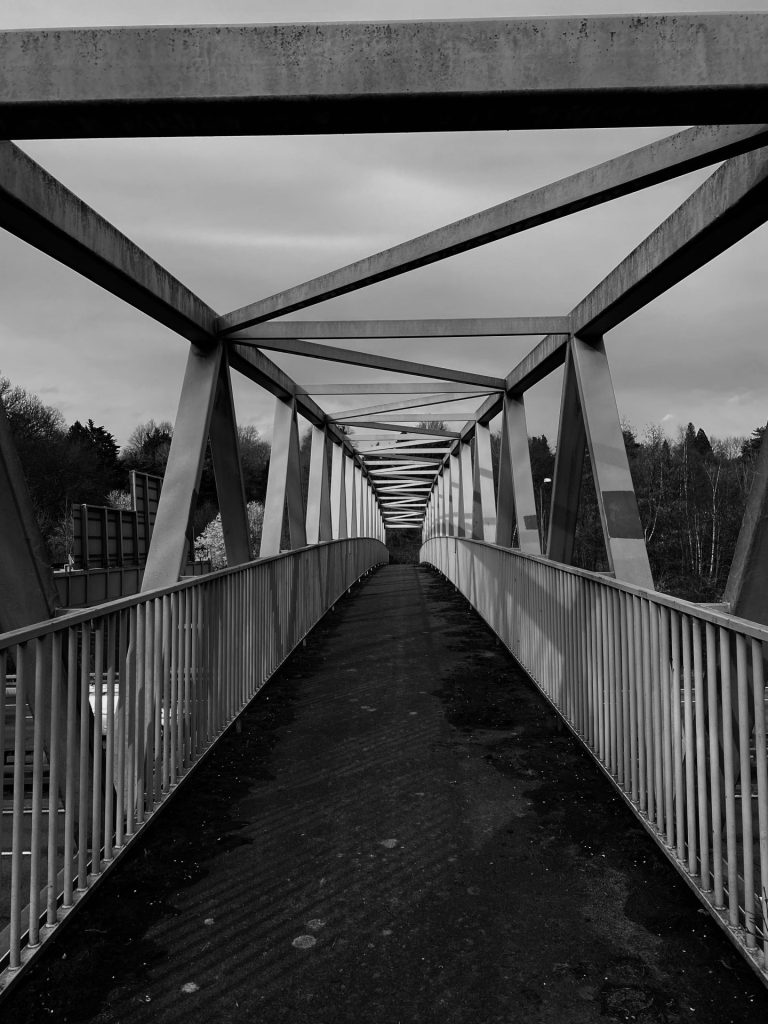
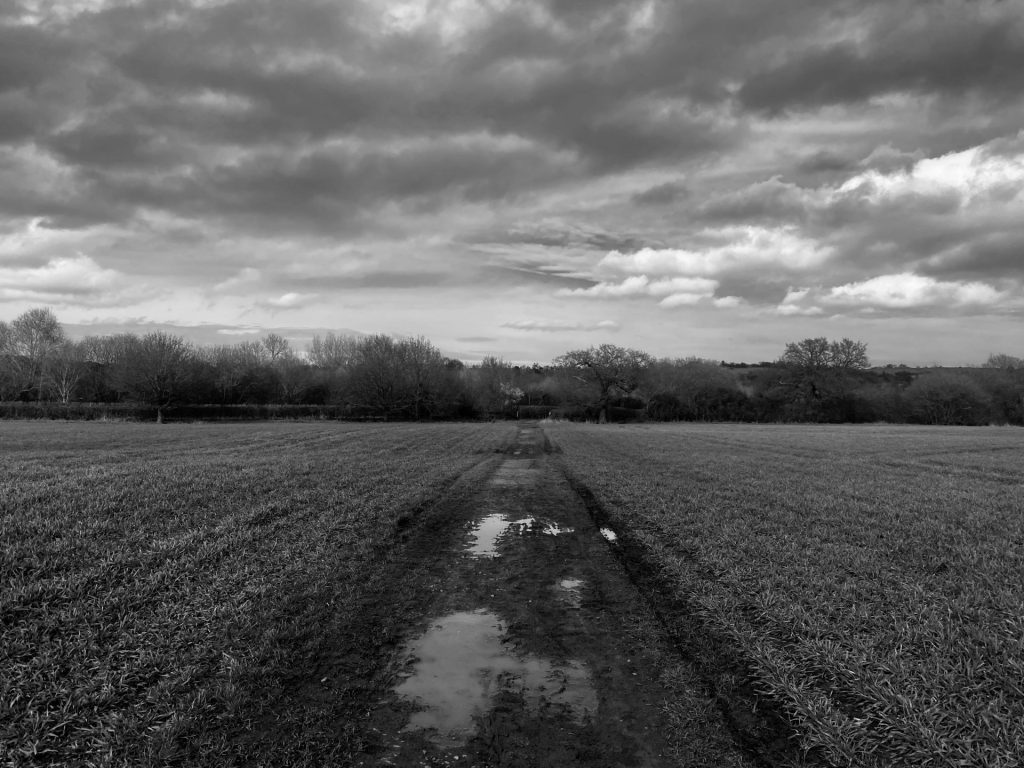
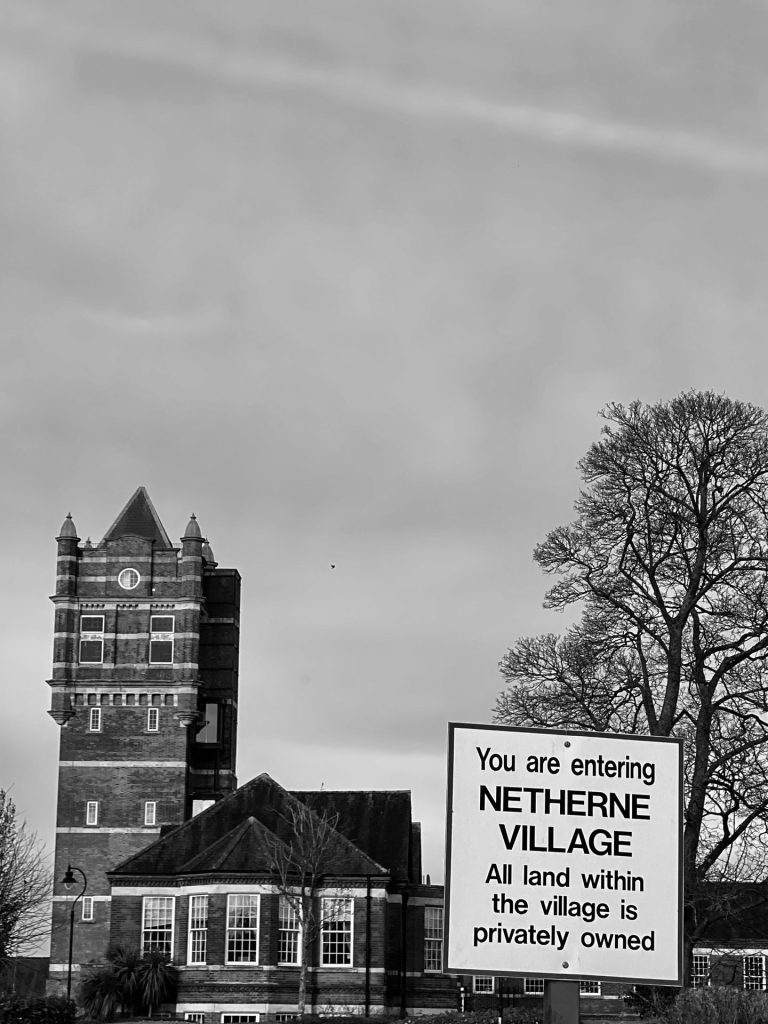
On the bus, I read up on Netherne. From 1903 to 1994, it was home to Netherne Hospital, an asylum for treating psychiatric patients. It housed up to 2000 patients at its peak and had its own laundry, power station, sewage works, farm and sporting facilities. The hospital was known to be progressive in its treatment of mental illnesses, including in its use of art therapy and psychiatric rehabilitation. It closed in 1994 following the community integration of most of its patients, and housing was built on the site soon after.
Routes through edgelands often pass through various portals: dark, noisy, nowhere terrains.
In some ways, my Slow Ways walk wasn’t particularly scenic or interesting, but it was worthwhile; I’d discovered two new places that I’d never been, and I’d followed a route, varied and almost otherworldly, that connected them both. I couldn’t wait to go home and plan my next Slow Ways walk.
🐌
Read more about Netherne’s history on County Asylums: Netherne, Hooley
Inspired to go on your own Slow Ways journey? Sign up to walk and review Slow Ways. Follow us on Instagram, Twitter and Facebook.